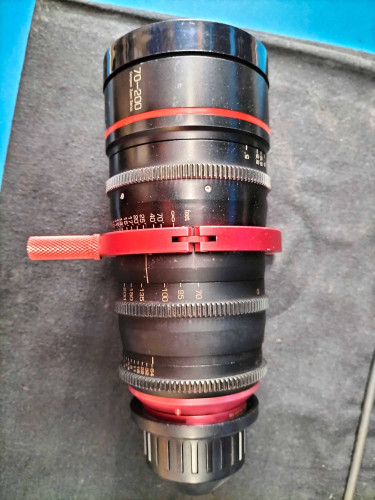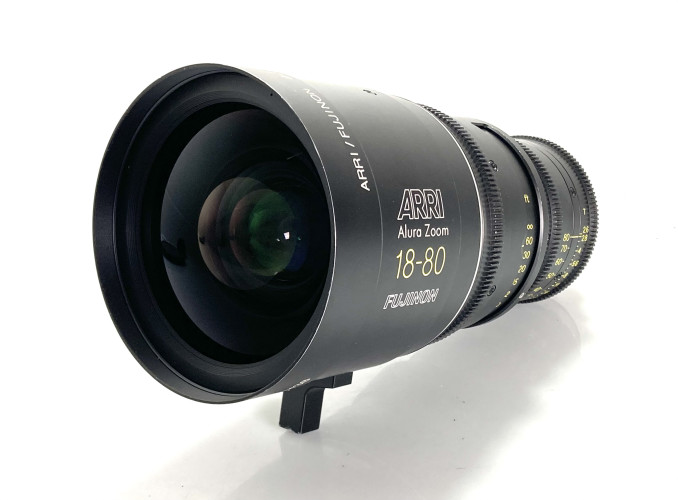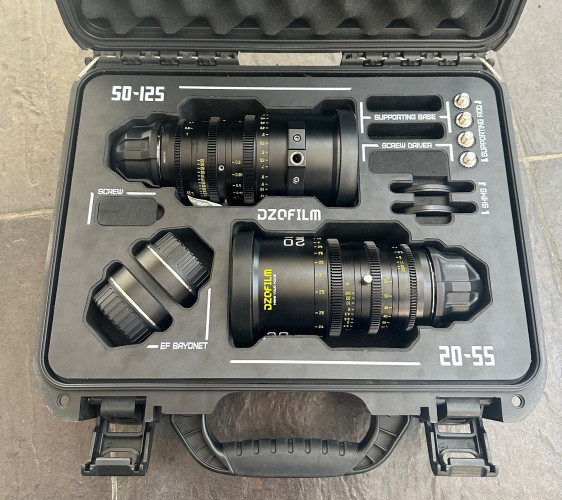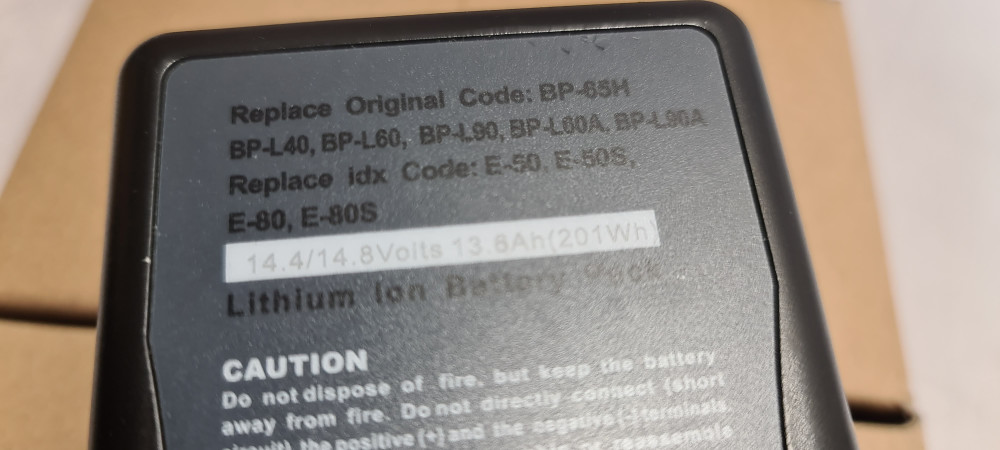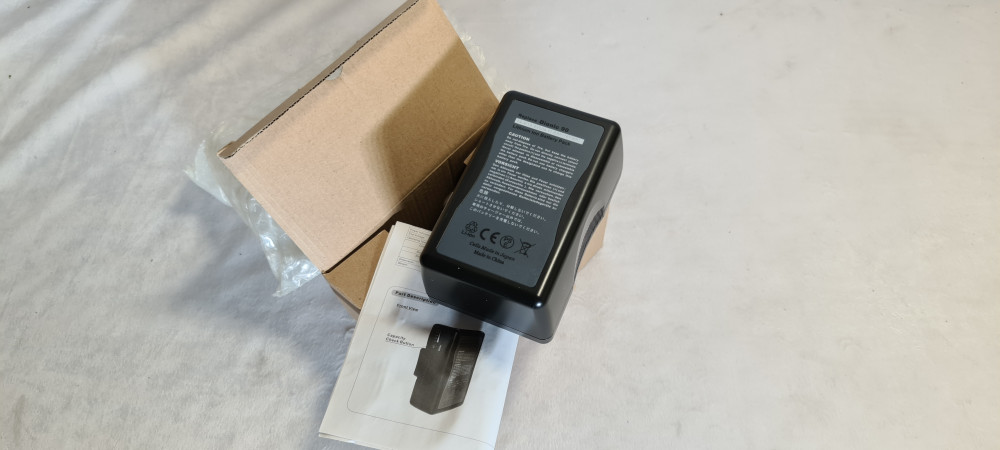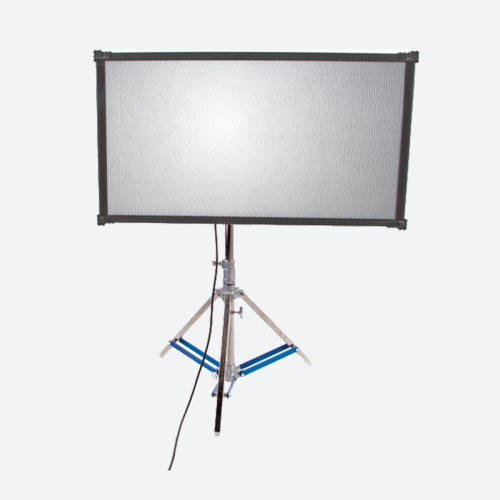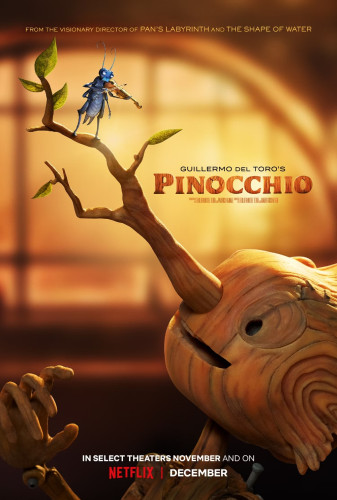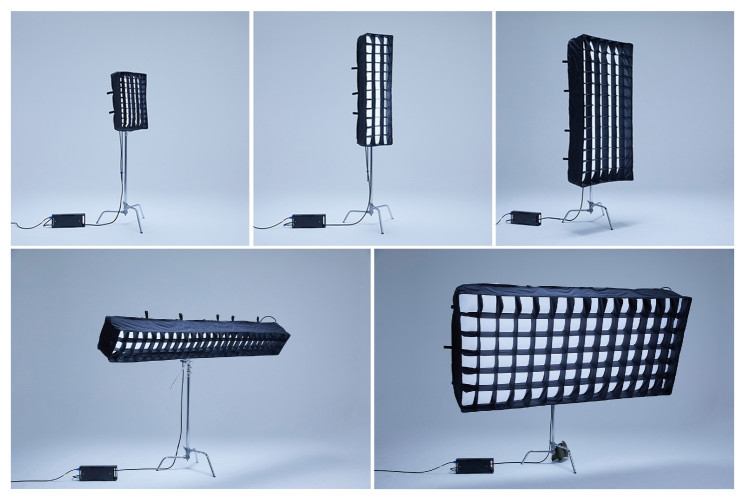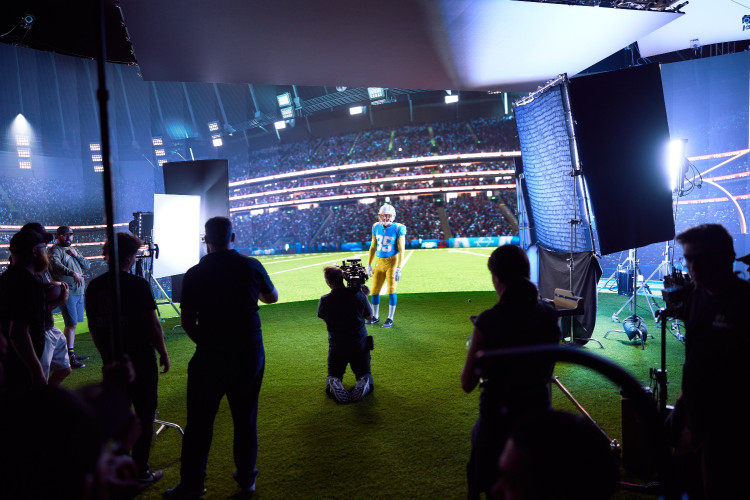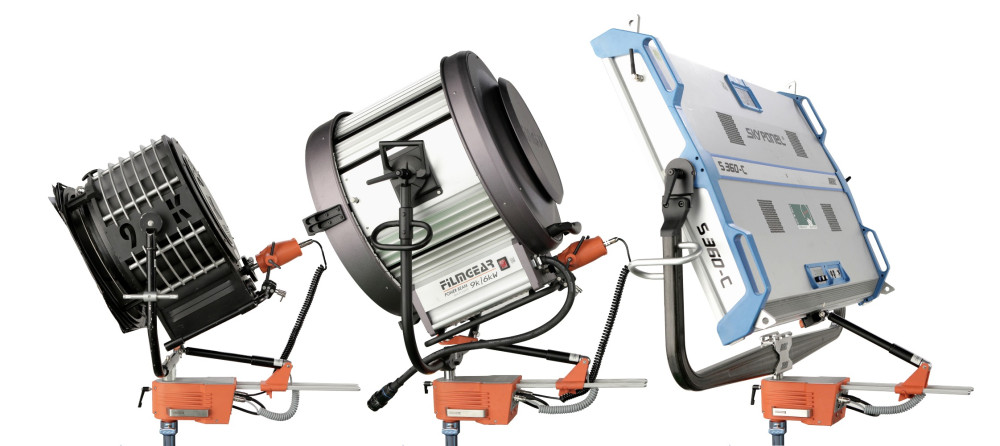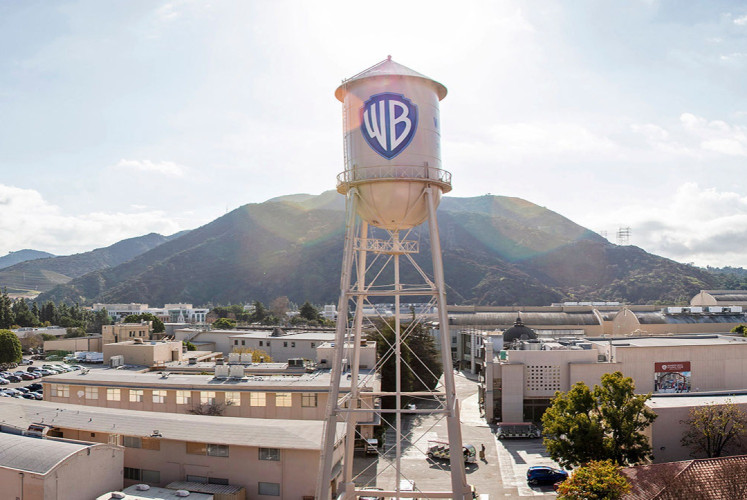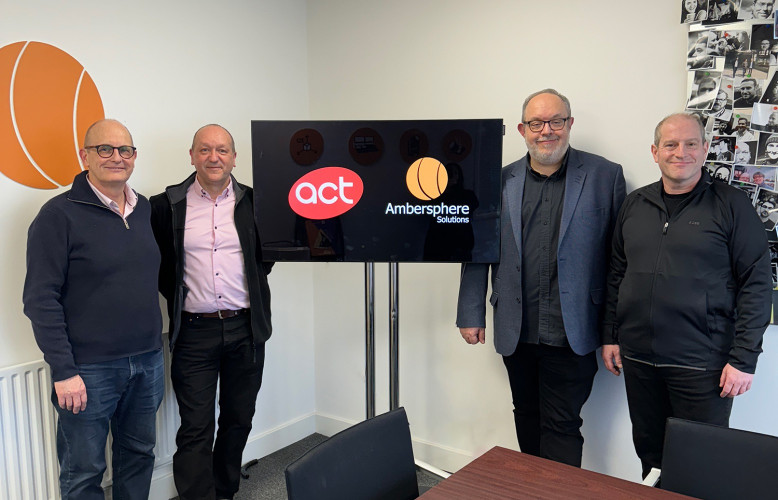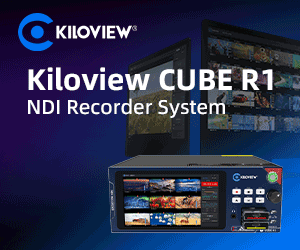Eye to Eye: Whats new in lighting

Author: Bob Pank#
Published 1st March 2012
The majority of modern digital video cameras and D-SLRs are capable of delivering high-quality images provided the lighting conditions are good. Attempting to shoot in low light introduces the risk of noise and limited depth of field. Whatever the claimed camera sensitivity, good lighting is as essential today as ever. The following is a short overview of video lighting products introduced in the past 12 months. It reads a bit like a fast-food menu. If you get bored with all the LED stuff, feel free to skip to the concluding paragraph.
ARRI’s M40/25 is reflector-based light which can be focused from 18 to 52 degrees. The same lamp-head equipped with a PAR reflector becomes the AS40/25, replacing the current ARRIsun 40/25. It is lighter than its predecessor but has the same accessory diameter so that existing lenses, barndoors and scrims can be reused. The M40/25 and AS40/25 fixtures can be operated with 4 kilowatt and 2.5 kilowatt metal halide lamps.
ADB Lighting Technologies recently announced two new lighting control desks, Liberty and Freedom, based on its recently announced Hathor software platform. Liberty is a compact system designed to control conventional and moving lights as well as LED sources. Freedom is capable of controlling large quantities of multiple LED fittings, intelligent lights or media servers as well as standard generic dimming systems. Features include four additional rotary wheels with pushbutton function, dedicated keys to manipulate moving lights, and a large trackball for precise positioning. Supervision is via multiple graphic screens, running Microsoft Windows.
Bebob’s LUX-LED45 combines the compact size and low power consumption of the LUX-LED40 with a light output which is 40% greater than the former 60 watt version. This new light emits 10,200 lux at 1 metre over an angle of 30 degrees. The light can be powered for more than two hours with a typical 100 watt-hour camera battery. It is focusable from 30° to 60°, and dimmable. DMX control is optional.
Cinelight’s DayLED 1200 Bi-Color uses 1,200 LEDs (3200 and 5400 Kelvin) to produce directional lighting. It has a claimed equivalent output of a 650 watt tungsten light but draws 36 watts. Each LED is focused at a 45 degree angle creating a beam pattern intended for use from 1 to 7 metres. Colour temperature can be adjusted from the rear panel. A built-in V-Lock battery plate accepts V-Mount lithium-ion batteries. A 230 watt-hour battery can power up the light four up to 6 hours 30 minutes. Light output can be adjusted from 100% to 10%, with no change in colour temperature.
Dedolight’s Felloni is a 324-element rainproofed LED panel measuring approximately 30 x 30 x 8 cm. Features include daylight, tungsten or dual colour temperature, 15/30/50 degree beam angle, attachable dimmer module and removable diffuser.
Gekko’s kedo SK is a Fresnel-focused LED hard source available in daylight (5600 kelvin) or tungsten (3200 kelvin) variants and designed to work in an ambient temperature of up to 50 degrees Celsius. Power consumption is 180 watts and claimed output intensity is comparable with a 1 kilowatt tungsten source. An integral Fresnel-based optic provides a focal range of 6:1. Intensity can be controlled on the lamp itself or via DMX.
Kino Flo Lighting Systems’ Tegra 4Bank LED softlight features onboard dimming and switching, remote dimming, universal input voltage, power factor correction, plus integrated barndoors with newly designed hinge and honeycomb louvre. It is claimed to produce as much light as a 1 kilowatt tungsten softlight while using only one tenth the amount of power. The fixture takes 2900, 3200 and 5500 Kelvin lamps.
Litepanels’ SOLA 4 is a 30 watt daylight LED fixture with a 10 cm Fresnel lens. It has a 5600 Kelvin colour temperature and is claimed to provide the luminance output of a 250 watt tungsten or 150 watt HMI head. Weighing 62 grammes, it can be powered from AC (120-240 volts) or DC (via XLR). The fixture has no external ballast so there is no re-strike down time before being re-illuminated. Also new is the Hilio LED 5600 Kelvin soft light, claimed to be suitable for use over a 6 to 7.5 metre distance. Hilio has a 6 x 12 array of 72 daylight LEDs focused to a 15 degree beam angle. Power consumption is 125 watts and output brightness is specified as comparable with a 1 kilowatt tungsten or 650 watt HMI.
Nila’s SL LED is a direct replacement for the company’s 6 kilowatt tungsten space light, while drawing only 900 watts. Powered via an ordinary domestic extension cord, it can be controlled from an integral networkable dimmer and has a 20,000 plus hours rated LED life. Colour correction can be placed against the fixture without bleaching from heat or UV. The SL was judged 'Best New Lighting Product' at the November 2011 SATIS show in Paris.
PAG’s Paglight LED is a daylight-balanced ENG camera top-light consuming 11 watts and delivering a claimed 900 lux at 2 metres. Designed for news interview applications, it is focusable from spot to flood and can be powered from any 12 to 14.8 volt DC source.
Photon Beard is aiming to increase the options available for content-producers looking for a complete low energy studio solution. There are still several lighting situations where hot tungsten has remained the preferred source for reasons of shear power. To address this, Photon Beard will be launching two completely new accessories for its 440 watt Highlight fluorescent lights. The first is an asymmetrical metal hood designed to provide even illumination down a cyclorama of up to 6 metres height. Also to be offered is a skirt and fabric diffuser that will convert the 440 watt unit into a fluorescent space light. Photo Beard claims that this has the potential to replace a 3 kilowatt tungsten unit with the advantage that it can be either tungsten or daylight balanced while also offering full DMX control with very little change in colour temperature.
PRG’s Foton is a 1.3 kilogramme luminaire designed to operate at ambient temperatures from -20 to +50 Celsius and able to withstand water saturation. Light is generated using remote phosphor LED technology The Foton is dimmable from 0% To 100% with no colour shift.
Rotolight's Anova One LED light is available in daylight (5600 Kelvin) or tungsten (3200 Kelvin). It is claimed to deliver the light equivalent of a 1 kilowatt watt tungsten but uses only 38 watts of power at full output. Anova Two is a bi-colour LED lamp designed to reproduce white light from candlelight through to full daylight. Both versions feature DMX control and V-Lock battery mount. They can also be controlled via an Apple iPad or iPhone. Rotolight's 'Magic Eye' feature allows the Anova operator to a sample the colour of ambient light in a room and transmit that colour to the light which will then reproduce it. This also enables users to measure colour temperature and transmit that to a remote studio, enabling synchronisation of colour both on location and in the studio.
LEDs have obviously won over the majority of lighting equipment manufacturers and an increasing number of programme-makers. One possible alternative technology is the light-emitting electrochemical transistor (LECT), currently being developed at Linkoping University in Sweden. In the meantime, if you would like an attractive desktop reminder of the need for energy efficiency, take a look at en.wikipedia.org/wiki/File:Earthlights_dmsp.jpg



